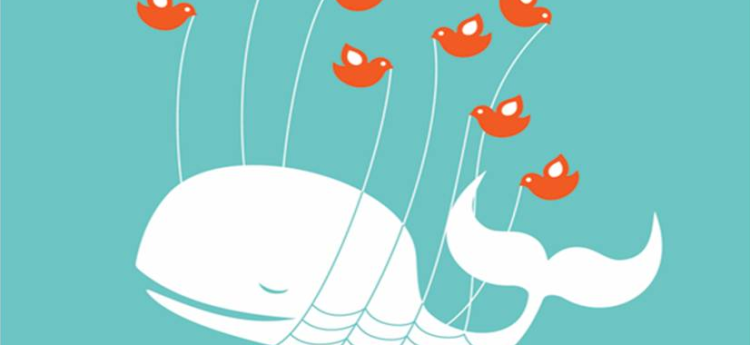Regardless of whether you felt Ed or David won #BattleForNumber10, social media lost. Well, maybe not social media but Twitter etiquette did.
Both the big parties hammered out corporate graphics with key messages. So far, so standard. But they insisted on almost constantly demanding retweets.
#BattleForNumber10 pic.twitter.com/9yPeBv0T6Q
— The Labour Party (@UKLabour) March 26, 2015
RETWEET: "You don't tax your way to growth. You don't tax your way to jobs" – @David_Cameron. #BattleForNumber10 pic.twitter.com/MWHeadXAHM
— Conservatives (@Conservatives) March 26, 2015
Aside from the uninspiring imagery and the paucity of vision in the messaging, what’s the problem, you may ask?
First of all, it looks gauche. Asking for RTs should be held in reserve and used very, very sparingly. Constantly seeking retweets gives a sense of desperation. It’s almost, indeed, like these two political parties don’t understand how to connect with real people.
The other reason for not asking for retweets is that it is functionally useless. Anyone who has enough Twitter followers to make their retweeting worthwhile already knows how Twitter works. They already know that if they want to share something with their friends then they can retweet it. They also have a much better idea of what is of interest to their followers than anyone else. Let them be the judge cos ye cannae make them retweet you no matter how much you ask.
As well as desperation, it carries a tang of that familiar Westminster entitlement, especially the Tory effort. “We’re not really interested in communicating with you, just act as a broadcaster for us.”
But the cardinal sin that has been committed here is that these two organisations are not focused on the audience. These parties are focused on their own communications desires and not on providing what is relevant and interesting to people they are talking to. In short, they are thinking about themselves, not about the voters. (Plus ça change n that, ken?)
Who are these graphics for? Surely they should be aimed at undecided voters. What you want from undecided voters is not that they retweet your material, but that they, you know, vote for you. The “please retweet” message is wasted space.
The secret is to make content that’s relevant, compelling and of interest to the people you want to reach. Seed it into conversations that your supporters are having with people in target voter groups and let the organic power of content do the rest.
This requires a bit more effort, a lot more imagination and a real understanding of the interests and cares of the people you are trying to reach. That’s what I love about social media. It forces our political masters to connect directly with us.
And speaking of connection, did you spot the way the two big parties answered replies to their tweets?
Me neither. That’s because they didn’t. They’re broadcasting, not talking. And social media is about talking.
A much better way to do it was demonstrated by Plaid Cymru on the parallel discussion. (Declaration of interest, they’re a client of mine but I did not produce this image.)
The Party of Wales has prudent plans to reduce the deficit in a way that protects the most vulnerable #TheWiderDebate pic.twitter.com/A6R8JuyYPD
— Plaid Cymru (@Plaid_Cymru) March 26, 2015
It’s short, sharp with an inspiring message. It’s a clear, striking image – and a not a picture of a politician. The crucial thing is to note that Plaid Cyrmu quickly answered the first reply
Social media is about conversation, not begging for retweets.


 RSS - Posts
RSS - Posts